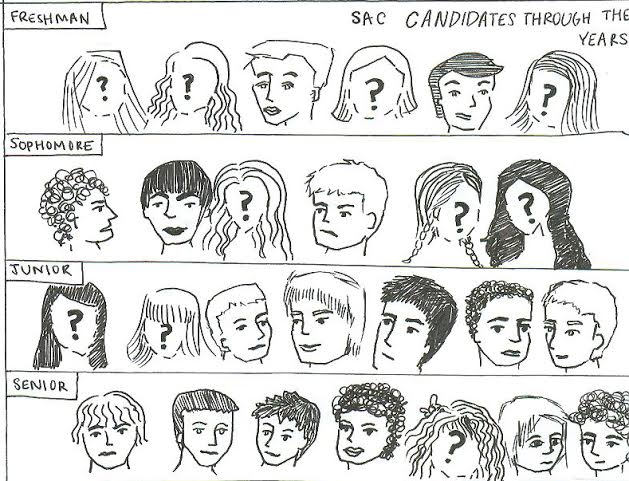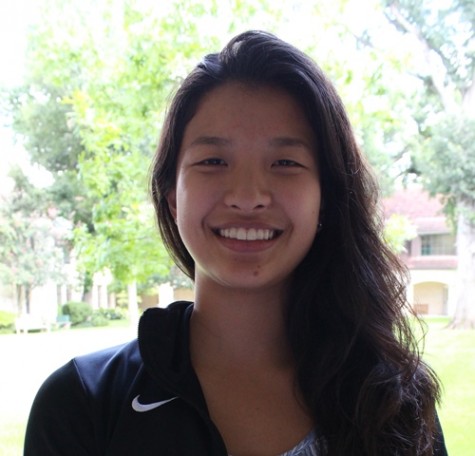Widening SAC gender divide raises question
Twenty-two percent of SAC is female, while girls comprise 52 percent of the Upper School student body.
February 20, 2014
Listening to the speeches of the sophomores running for Student Affairs Council (SAC), I noticed that the candidates seemed pretty evenly split between girls and boys. In fact, seven of the 13 students running were girls. Yet later that week when Dean Popp announced the sophomore representatives for the spring semester, I wasn’t surprised that no girls had been elected.
Over the past two years, my grade has had the opportunity to elect 12 representatives. Only one of those representatives, Amy Dong, has been a girl. If you look at SAC as a whole, you’ll notice that this isn’t just my grade. Of the 18 students currently on SAC, only four are girls (22 percent). As a point of reference, the Upper School student body is 52 percent female. Although more than half of our students are girls, less than a quarter of the governing body is female.
This isn’t just a SJS problem; it’s a national issue. This past year, the number of women reached a record in the Senate, holding 20 of the 100 spots. The very fact that reaching 20 percent is a celebrated achievement showcases what is wrong with the representation of women in the United States. We’re more than half of the population, yet we have to fight for minimal representation. Having women in government matters — so that girls will grow up feeling like they have opportunities, so that women’s health and social rights will be protected, so that one day women will achieve full economic parity to men.
It’s all too easy to brush these numbers aside and say that they don’t matter, that’s just the way it is. But these excuses are just that — excuses. It’s important that female students look at the SAC representatives and actually feel represented, and it’s discouraging not to see other girls on SAC. It makes me feel like it’s hopeless to even run, a sentiment shared by others female students. The evidence is in the numbers: 75 percent of freshman candidates were girls, which dropped to 54 percent among sophomore candidates. By junior year, girls have come to realization that the odds are against them, and fewer bother to run. Only five of the 17 junior candidates were female, 29 percent. And of the current seniors from their prefect election last spring, only five of 22 candidates were girls, under one quarter.
It’s tempting to believe that our school is gender blind or, worse, that if girls aren’t winning, they just aren’t qualified. It’s impossible not to notice gender, though. We all have preconceived notions about how girls and boys are supposed to behave. We’re a generation raised on Disney movies and Grand Theft Auto: gender is not, and has never been, irrelevant.
Maybe the first step to changing this phenomenon is to encourage more girls to run for SAC; maybe it’s to ask voters to carefully evaluate each candidate and set aside their own biases and stereotypes. What I do know is that equal representation of boys and girls is important and something we should strive for as a community. According to the school’s mission statement, SJS “is dedicated to the enhancement and expansion of future leadership for Houston and the country.” Part of enhancing and expanding leadership within our own community involves offering equal opportunities for boys and girls to serve on student government.
I’m not saying that students should vote for girls just because they’re girls. What I’m asking for is a student government body that fairly represents the makeup of the student body and gives girls the opportunities they deserve.
























